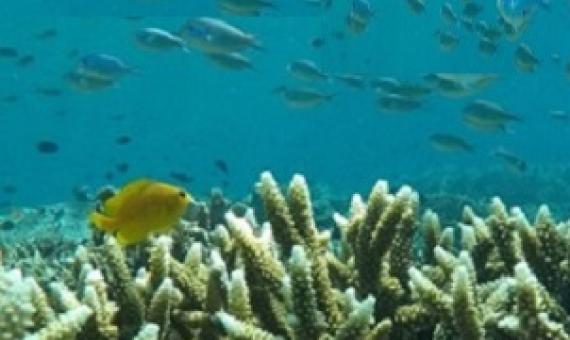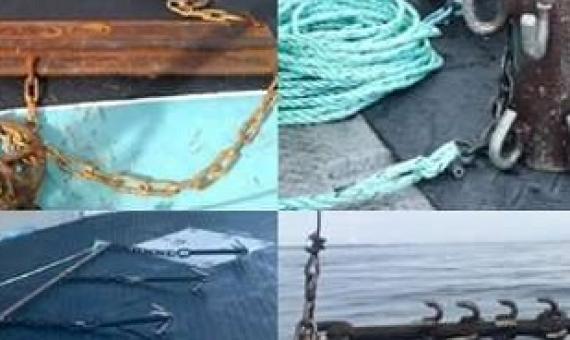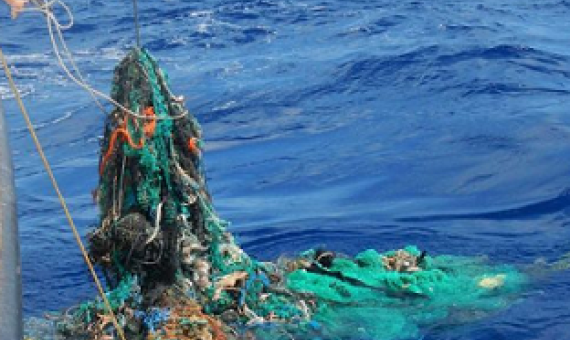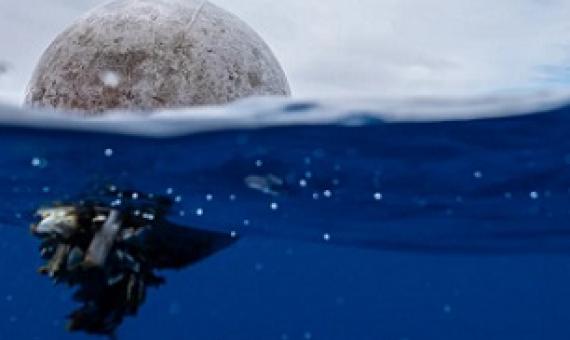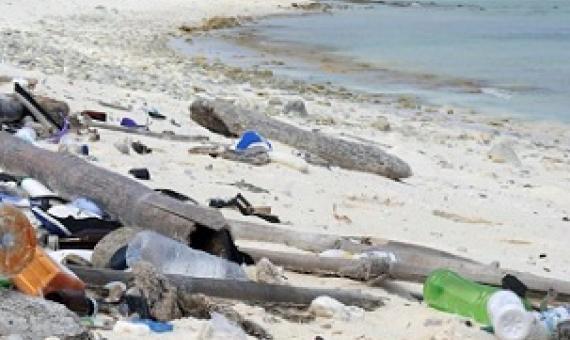10th Pacific Islands Nature Conference 2020: Turning the tide:- Preventing Plastic Pollution in Pacific Island Countries & Territories
The Environment Investigation Agency, WWF Pacific, Centre for International Environmental Law and Massey University will bring together panelists to discuss key gaps in current frameworks governing plastics and highlight the role Pacific islands states play as champions for a global Convention to combat plastic pollution, supporting action at global, regional and national levels.

